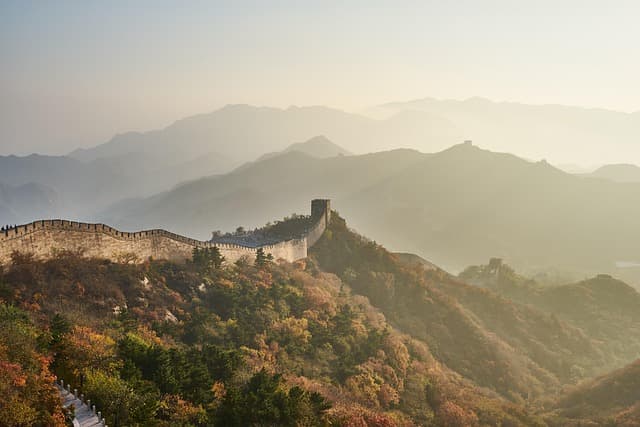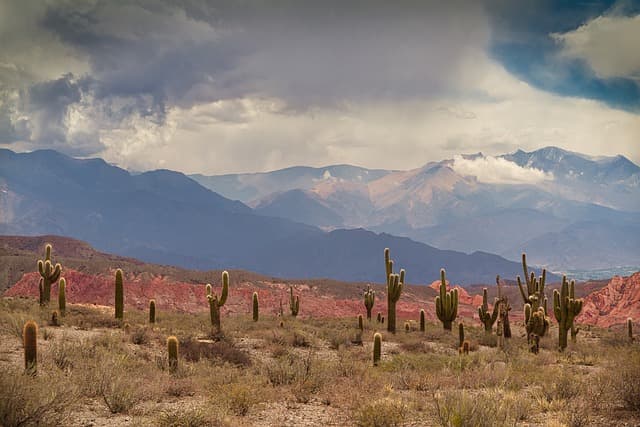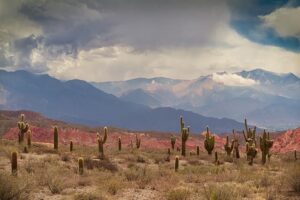The grandeur of ancient temples, the noise of megacities and the peace of mountain provinces – welcome to China. The country is big and you will not be able to see everything, even if you stay in the Celestial Empire for life. But you can visit the main sights of China in one visit. How to do it and what exactly is worth seeing, we will tell you in this article.
What you need to know before traveling
People travel to China most often to see the imperial palaces in Beijing, climb the Great Wall, see the Terracotta Army and the mountainous nature of Asia, but also for the delicious food, Hainan beaches, Tibetan temples and the skyscrapers of Shanghai. The most visited cities are Beijing, Shanghai, Guangzhou, Hong Kong and Macau.
What to see in Beijing
Beijing is the capital of China, the main cultural city, the keeper of history and centuries-old traditions. People come here to see the palaces of emperors, the Temple of Heaven and Mao Zedong’s mausoleum. Let’s tell you about these and other important historical places in Beijing.
Forbidden City
The main palace of the 24 emperors of the Ming and Qing dynasties who ruled from 1420 to 1918. For many years ordinary people were not allowed to enter the city: the ruling emperor’s family lived here, and it was forbidden to enter without permission on pain of death. Now everyone can get there. Inside: throne rooms, the main palace, religious buildings, pavilions, pavilions, arbors, galleries, lakes and gardens. The palace is listed in the UNESCO list and is located in the very center of Beijing.
Summer Palace
In the Forbidden City the emperors of China lived and ruled the Celestial Empire, and in the Summer Palace they rested from state affairs. It includes 3,000 buildings and a painted corridor 728 meters long – about 8,000 paintings hang on the walls. The Summer Palace is considered one of the best preserved imperial gardens in the world. It is located on the northwestern outskirts of Beijing.
Temple of Heaven
The temple was built from 1420 to 1530 and is almost 500 years old. The emperors of China observed a three-day fast once a year, brought generous gifts here and prayed for the prosperity of the state. The temple is on the UNESCO list. It is located in the center of Beijing.
Mao Zedong Mausoleum
Memorial to revolutionary and founder of the People’s Republic of China Mao Zedong. The mausoleum has several historical halls, the main one containing a crystal coffin with the remains of the leader. The mausoleum is located in the center of Beijing.
Tiananmen Square
A large square opposite Mao Zedong’s mausoleum. The name translates as “Gate of Heavenly Tranquility.” Here, on October 1, 1949, Mao announced the establishment of the People’s Republic of China.
Main attractions of China
Great Wall of China
Where: northern part of China ~ 70 km from Beijing.
The construction of the Great Wall began in the 3rd century B.C., and was finished only in 1644. It was built to clearly mark the borders of China and to defend against nomadic enemies. The Great Wall of China is even mentioned in the anthem of the People’s Republic of China – so great is its importance for the people of China. It is included in the UNESCO list. It is the longest artificial construction in the world. The first traveler who conquered the Great Wall of China spent 5 months on foot.
Terracotta Army
Where: Shanxi province, Xi’an city.
There was an emperor in the 3rd century B.C. – Qin Shihuangdi. He ascended the throne at the age of 13 and began to build himself a huge tomb in advance. The emperor’s plan was to erect several thousand statues of warriors to accompany him after his death. It is said that this is how he decided to satisfy his power ambitions even in the other world. Qin Shihuangdi lived to 48 years. The burial site is on the UNESCO list.
What else is worth considering
WeChat. The main app in China that everyone uses. Combines messenger, online banking, cab ordering, home rentals and more. We recommend installing and using it when you arrive in the country. You can only sign up through a local SIM card or with the help of another user.
Language. In China poorly know English, it is spoken only in large cities, and then not everywhere. Few signs are translated into English, and street names, the words “toilet” and “cafe” are often needed to use maps. We advise you to download an offline translator and actively use it, the locals are fine with it.
Air. The country has a high level of air pollution. We recommend taking a mask with you – almost everyone in China uses them.
Souvenirs. From China you can bring: tea, porcelain, fans, Chinese spices, cosmetics, Chinese silk, rice vodka, jade jewelry. Chinese lanterns or beautiful chopsticks are sold everywhere.



